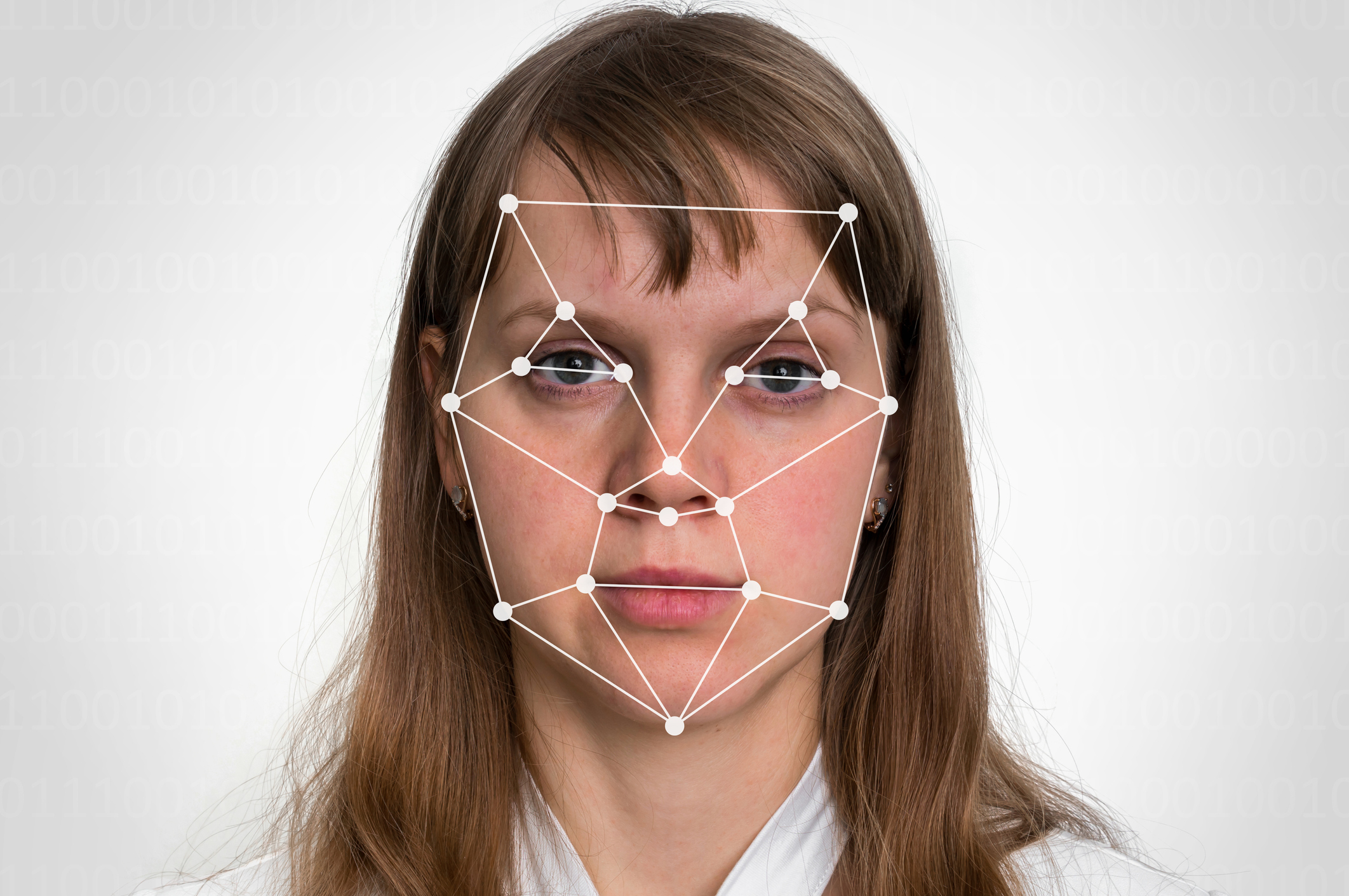
HOW are you feeling? Well, if you’re not sure, you can soon ask your smartphone.
Experts say a revolution in facial recognition technology (FRT) means phones will soon read a person’s mood every time they look at the screen.
And mood-reading technology will be used by advertisers to sell us everything from holidays to hankies.
The technology’s developers say it could also help solve problems including gambling addiction and eliminate crimes such as car theft and identity fraud.
However, in China, facial recognition is already being used to monitor and control the population, even down to how much toilet roll they use.
Starting out as a security tool in airports, the race is now on to bring FRT into our everyday lives.
Jeremy Sneller, chief executive of British facial recognition technology company Touchbyte, said: “The technology is now cheaper, faster and more accurate and that means it is breaking out into ‘civilian’ life.
“Retailers can gather data on what customers do in their shops – what they look at and how they view products – and lighting and music can be adjusted according to what type of people walk through the door.
“Loyalty schemes can identify returning consumers while shoplifters could also be spotted early. Our FRT can authorise somebody to open or pass through a door.”
FRT works on the basis that everyone’s features are unique and can be mapped and analysed in the same way as fingerprints even when caught on camera in different poses or moods.
When comparing one face with another, various points are matched up, and computer algorithms now do the job in milliseconds.
Mr Sneller added: “In five years, the world will be a different place. Cars and hotel rooms will be unlocked by our faces.
“We’ll increasingly travel on buses and trains without tickets or cash. We’re aiming to create a frictionless society. Many people are wary, but internet banking and contactless payment are now accepted.
“The younger generation is far more comfortable with it.
“But the industry has to make sure that consumers know their data is safe and will only be used and kept with their permission.”
CCTV cameras at airports already use FRT to spot terror suspects and London Heathrow will soon become the first to utilise it to speed up boarding.
Social media app Snapchat has just won a patent for technology that identifies emotions captured in selfies.
In China, which has few restrictions on the use of biometric data, the government will have every citizen covered by its Skynet surveillance system – which employs facial recognition – by 2020.
Minor offenders are identified, publicly shamed and sent text messages to let them know they’ve been caught.
Meanwhile, FRT also rations toilet roll in public conveniences.
But critics are warning that the latest developments risk stripping our own lives of every last vestige of privacy.
Edinburgh-based privacy campaigner John Welford said: “Technological advances are not inherently good or bad in themselves – it’s how they are applied that counts.
“So it’s essential that society decides in advance what is and isn’t an acceptable use of facial recognition.
“The possibilities are endless and that’s why we must have explicit legal limits in advance.
“Are we comfortable being ‘watched’ by a smartphone 24 hours a day and having our movements and moods tracked and stored?”
Researchers from Quebec University have recently used artificial intelligence FRT cameras to learn from the expression on people’s faces.
They managed a 99% success rate in detecting happiness and surprise, and high scores for fear, disgust, anger and sadness – helping to spot problems while monitoring the elderly in their own homes.

Enjoy the convenience of having The Sunday Post delivered as a digital ePaper straight to your smartphone, tablet or computer.
Subscribe for only £5.49 a month and enjoy all the benefits of the printed paper as a digital replica.
Subscribe